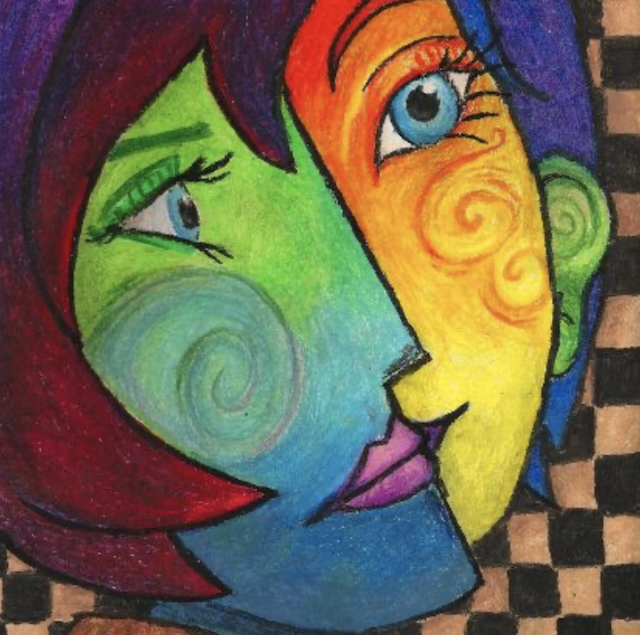Seeing Differently: A Journey into Cubism
At the dawn of the 20th century, a radical shift in art began to take shape. Artists like Pablo Picasso and Georges Braquestarted breaking away from traditional perspective, looking for a new visual language that could express more than what the eye could see. This bold experiment became known as Cubism—a movement that forever changed how we understand space, form, and time on a flat surface.
🔍 What is Cubism?
Cubism isn’t just about cubes. It’s about deconstructing reality—taking a subject apart and reassembling it in abstract, geometric fragments. Instead of showing a single viewpoint, Cubism invites us to see multiple perspectives all at once. Think of it as turning the volume up on vision—more angles, more layers, more truth.
🧩 The Two Faces of Cubism
Analytic Cubism (1908–1912):
This first phase is more subtle and structured. Artists broke down objects into overlapping planes and muted colors, often reducing forms to near abstraction. Think of it as a deep visual analysis—showing the essence of a subject rather than its outer appearance.Synthetic Cubism (1912–1919):
Here, artists began adding textures, brighter colors, and even collage elements like newspaper clippings or fabric. This phase was more playful and creative, reassembling fragments into bold new compositions that blurred the line between painting and sculpture.
🖐 5 Key Characteristics of Cubism:
Multiple Perspectives
– Objects are shown from several viewpoints at once.Geometric Shapes
– Subjects are broken into cubes, cylinders, and planes.Flattened Space
– Traditional depth and perspective are removed, flattening the picture plane.Monochromatic Palettes (especially in Analytic Cubism)
– Often limited color schemes of browns, greys, and ochres.Collage & Texture (especially in Synthetic Cubism)
– Use of mixed media and surface texture to expand beyond paint alone.
Cubism challenges both the artist and the viewer to slow down, to look deeper, and to reconstruct meaning. Whether you’re working in abstraction or realism, understanding Cubism can open up new ways of thinking about composition, perspective, and expression.
Cubism was the focus of our first session in the Abstract Exploration series—a powerful starting point for artists who want to dive into abstraction. By studying how Cubist artists like Picasso broke down form and perspective, we begin to see how this radical approach can serve as a launchpad for developing your own style—whether abstract, expressive, or even leaning into realism. It’s not about painting like Picasso—it’s about discovering how Cubism can shift the way yousee and create.



